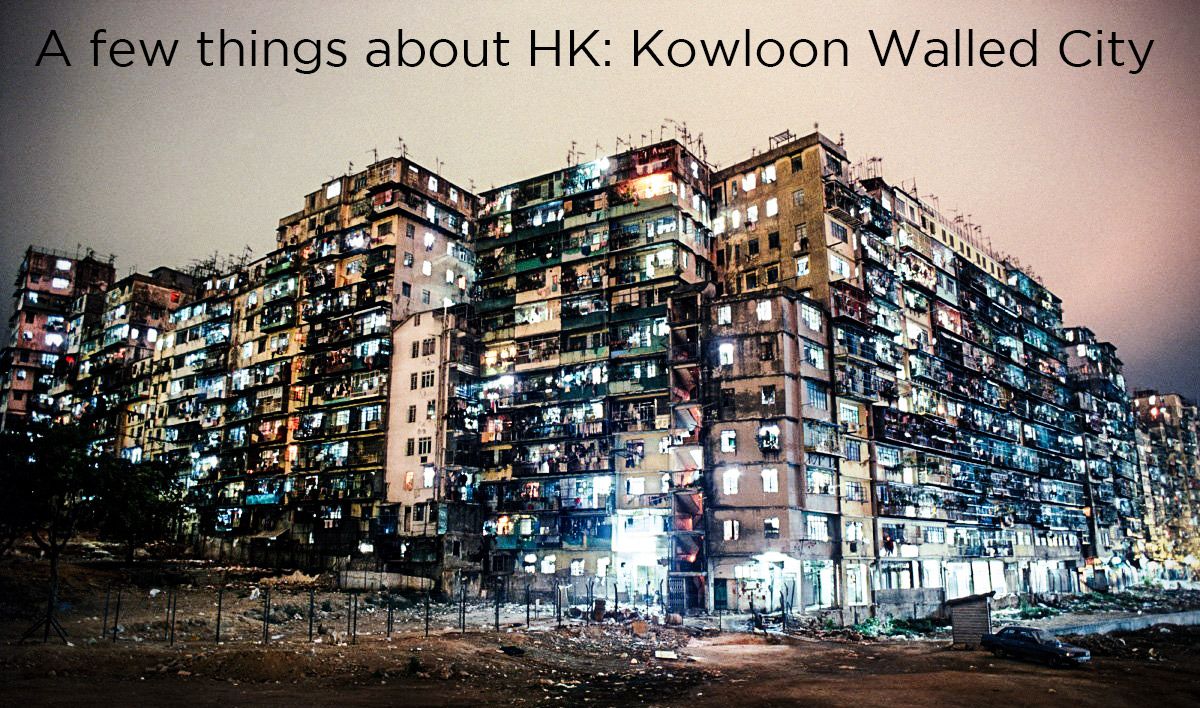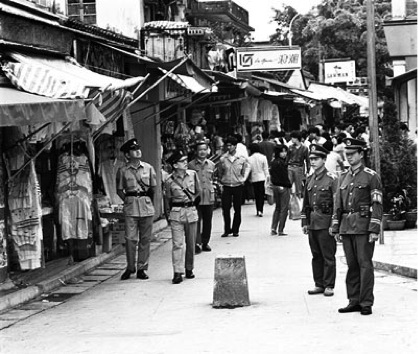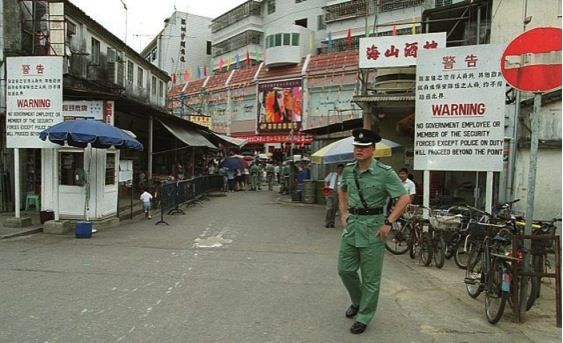A few things about HK: Kowloon Walled City

Hong Kong is home to a number of walled villages, but they are mostly giving way to more high-rise blocks. Throughout most of HK’s colonial history, the Kowloon Walled City presented problems for successive HK administrations. Read the below to find out a bit more…
Kowloon Walled City: Most of you may not have heard about the Kowloon Walled City – it was torn down in 1993-94. It was a small area in modern day Kowloon City, which included a fort, set up after the ceding of Hong Kong Island to the British in 1842 to guard against British imperial expansion. A wall surrounding the city as a boundary originally existed; it was four metres thick. This was ripped up by the Japanese during the occupation for expansion at Kai Tak.
Later on, the Kowloon Walled City became an exception in the treaties of 1860 and 1898, which gave the British additional land in the forms of Kowloon and the New Territories. As such, it officially remained a Chinese territory inside HK and the Chinese were permitted to station officials within the Walled City, but in practice they probably never did. In keeping with their general approach to HK, the British adopted a laissez-faire or “hands-off” approach to the Walled City.
After Japan’s surrender in WWII, the Chinese government advised that they would reclaim the Chinese Walled City, and refugees poured into the Walled City. The takeover never happened, but the refugees remained. The British left the Walled City alone, in order to maintain good relations with China, but, with no regulation, eventually the Triads gained a powerful foothold. It became a hotbed of vice with brothels and drug dens.
Families living there had basic services such as clinics and schools, but these were unregulated and were not up to minimum government standards. Furthermore, it was unsanitary and living conditions were deplorable. Classrooms were on the roofs of buildings and large passengers jets kept passing overhead due to the proximity of Kai Tak. Sunlight did not reach the ground floor, so fluorescent lighting was employed. Despite this, a close-knit community began to develop. People would help each other and assist with raising of children. Monthly room rental was $35!
During the signing of the Joint Declaration and the succeeding years, the Chinese and British governments agreed that the Walled City needed to be pulled down, resulting in the last residents being forcibly evicted in 1992. HKD 2.7 billion was paid in compensation to the 33,000 individuals and businesses who were forced to relocate. The area that the Walled City occupied is now called “Kowloon Walled City Park.” For a photo archive, please click the link to purchase a book called “City of Darkness: Life in Kowloon Walled City”: Click Here

Undated photo, likely from the 1930s, showing the original wall on the left which was ripped up by the Japanese during the occupation, photo courtesy of Hong Wrong
For more shots of inside the Kowloon Walled City, please See The Link from Hong Wrong and to see some from the outside and more historical shots please see Here
Bloodsport, a Jean-Claude Van Damme movie, was partially filmed in the Walled City – Click Here
A German documentary about Life in the Walled City was produced in 1989, part 1 is available Here
Kowloon Walled City wasn’t the only location in HK with jurisdiction issues. Chung Ying Street in the border town of Sha Tau Kok in the North East New Territories actually straddles the border. Chung (中) refers to China, and Ying (英) refers to the UK. The street was originally a river in 1898 when the New Territories became a part of HK, but the river dried by the advent of WWII. After the founding of the PRC, the border was closed to prevent large-scale immigration.
A police post remains, but there is no formal border checkpoint, and there is no fence, wall or barbed wire. However, for those who live in Sha Tau Kok, either those on the Shenzhen side or the HK side, have freedom of movement within Sha Tau Kok and can pass freely between the two sides. For most people however, Chung Ying Street is nearly impossible to visit as one requires a Closed Area Permit, which will only be granted to a resident, or someone visiting a close relative.

Chung Ying Street and the original stone marking the boundary, laid in 1898, photo likely from the 1970s or 1980s, courtesy of SZ Daily

Chung Ying Street. HK policemen replacing the badges on their caps on 1 July 1997, photo courtesy of SZ Daily
Nikhil Gidwani was raised locally and is a proud Hong Konger. After a few years of living and working overseas, he has recently returned to the Asia’s World City. When he’s not working, Nikhil spends much of his time hiking and visiting different parts of Hong Kong in order to find new material for his Instagram page. .








